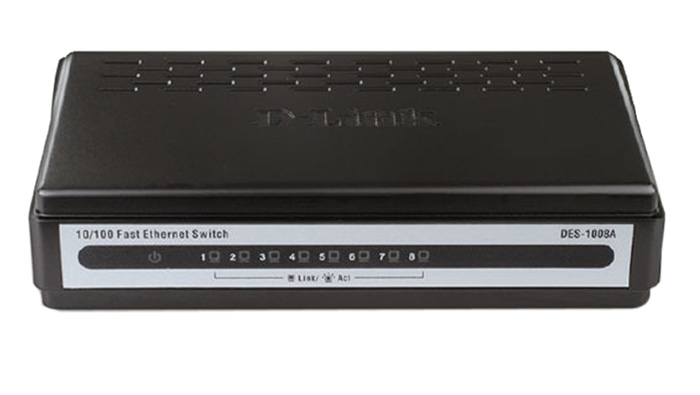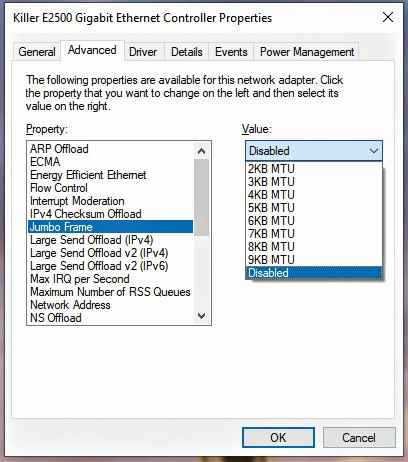

Autonegotiation was originally defined as IEEE 802.3u but was an optional standard for Ethernet equipment manufacturers to follow. Thus, you could theoretically get 200 Mb out of a 100 Mb Ethernet connection, if you could find a way to utilize both the sending and receiving paths at the same time.Īutonegotiation is a process between two Ethernet devices in which the devices exchange transmission parameters and agree upon those parameters. With full duplex, you can send 100 Mb and receive 100 Mb at any one time. With half duplex, you can send or receive 100 Mb at any one time. For example, you have, say, a 100 Mb Ethernet link. This comes into play with Ethernet because you can have half-duplex and full-duplex Ethernet. Loki Jorgenson provides an in-depth discussion of duplex mismatchĭuplex mismatch part 1: Why duplex conflicts plague the networkĭuplex mismatch part 2: Stop the conflicts While you are talking, no one else can do so. With a walkie-talkie, you have to push a button to talk. On a two-way street, traffic can flow down each side of the street and travel in both directions at the same time.

On a one-way street, cars can travel in only one direction at a time. You could compare this to a one-way street vs. With full duplex, both parties can communicate with each other at the same time. What is the difference between half and full duplex? With half duplex, only one party can communicate at a time. The radio station's method of communication is simplex. You can only listen to the radio station you cannot communicate back to it. On the other hand, a radio station is not duplex. Telephone calls are duplex communications. Both parties can talk to each other at the same time. Duplex is the ability of a communications system to communicate in both directions at the same time.


 0 kommentar(er)
0 kommentar(er)
